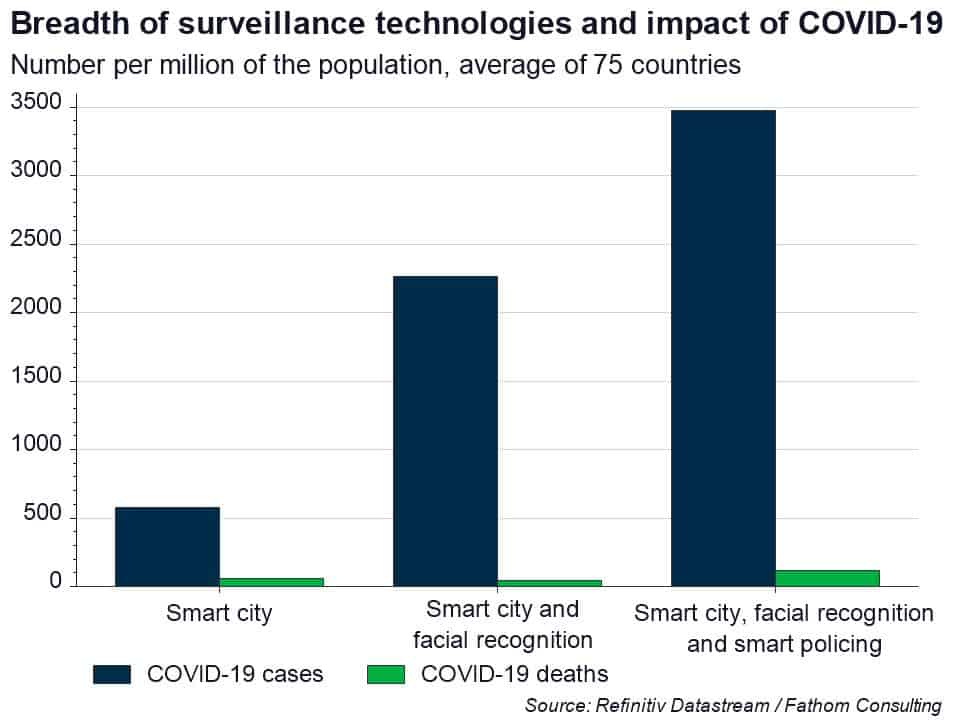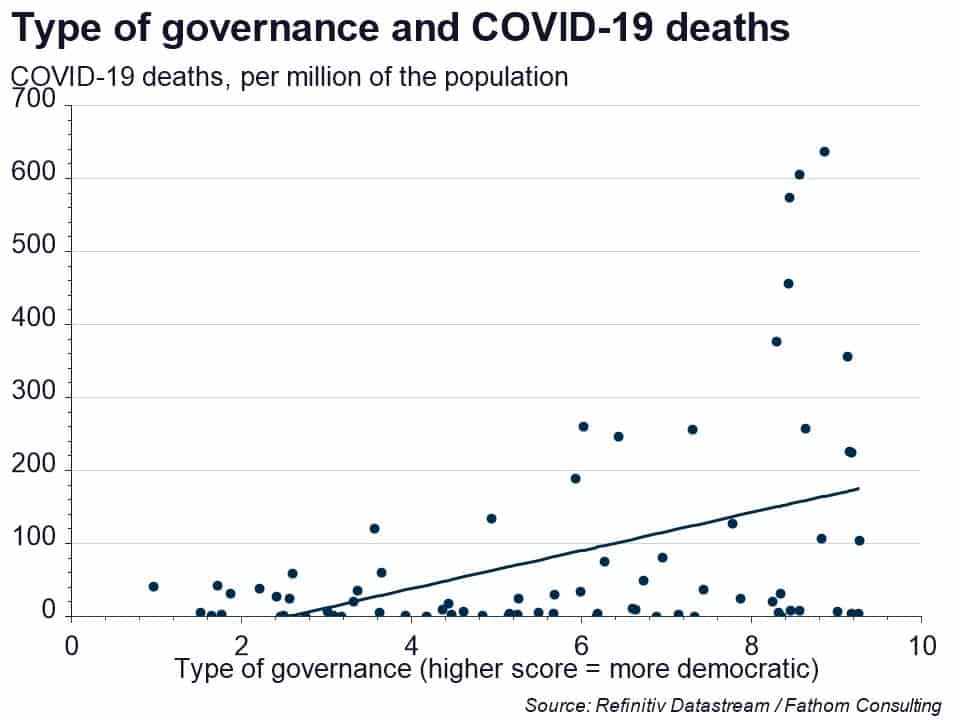A sideways look at economics
Never have we agonised over a forecast as much as our latest one, which was produced in the midst of COVID-19. And yet, like most other economic forecasters, where we came out was a collection of letters to describe the likely shape — an alphabet soup of V, U, or L-type scenarios. In a world of exceptionally high uncertainty and variation, this elementary take was the best place to begin. Underlying our scenarios were days of debate concerning the resilience of businesses, the persistence of the disease, the degree of policy response and its likely efficacy!
We hung our hat on a V-shaped recovery and that’s where we remain — for now.
Helping inform that view throughout the past few months has been the use of Big Data, much of which has featured in our Recession and then Recovery Watch notes. In the early days, there was very little hard economic data available. And even now, it often feels outdated by the time of print, a consequence of the rapidly evolving landscape. Other high frequency indicators, such as PMIs, should be taken with a pinch of salt at the best of times, let alone now.
With few alternatives to hand, Big Data has come into its own. Harnessing the information from our increasingly large digital footprints, such data has been proven to enhance the accuracy of economic forecasts for a wide range of variables including unemployment, retail sales and home purchases. But until now, it has been widely underutilised.
Over the past few months, we’ve increasingly leaned on the likes of Google and restaurant reservation website, OpenTable, for high frequency, timely data. We’ve even produced our own, using webscraping to identify and monitor COVID-19 mentions. Combined, these data have given us insight into the movement of people (with the time spent on public transport proving a good predictor of economic output), behavioural responses (reminding us that actions speak louder than words) and global sentiment (highlighting the importance of public confidence in kickstarting the economy even once lockdown has been lifted).

The data above, and more, point toward a V-shaped recovery, with activity looking to have troughed several months ago. The exception is our measure of global fear, proxied by the number of articles mentioning the virus. On the back of a renewed outbreak in China and rising cases in some US states, this has edged up in recent days. We’ll be keeping a close eye, but for now at least it remains some way below its end of May peak.
Unsurprisingly, we’re not the only ones turning to Big Data, with governments around the world partnering, or in conversation, with tech giants like Facebook and Google in a bid to help both monitor and curtail the outbreak. And as well as using mobile phone data to track potential points of infection, many countries have increased their use of technology such as thermal scanners to detect elevated body temperatures and CCTV with facial recognition to monitor compliance.
For the first time in living memory, the collection of our personal data is being welcomed by the masses as the fear of a Big Brother state is superseded by the threat of the microscopic virus. George Orwell certainly didn’t see this plot twist coming.
But it seems that access to the technology alone is not enough. In fact, we find that on average, countries with the most thorough surveillance technology have suffered both higher COVID-19 cases and deaths as a proportion of the population (first chart below). No doubt there are many reasons for this,[1] but one may well be the willingness and cultural precedent for using the technology in a joined-up, Big Data way — something that is more typically associated with tighter governance and autocracies. In other words, it’s how the technology is used that matters.
This theory is reinforced by the second chart below, which reveals that the more democratic the country in our sample, the higher the reported number of COVID-19 deaths per million.[2] Again, many factors will be at play, but it looks as if surveillance — specifically its use in Big Data — has proven a useful tool. However, it’s important not to lose track of the potentially more sinister side of this — beware of Big Brother masquerading as Big Data!


[1] For example, democracies may be more honest about the human toll of COVID-19, while autocracies may be less upfront about their surveillance capabilities.
[2] Of course, the relationship isn’t perfect, with notable exceptions to the rule such as South Korea. Indeed, with a score greater than 8, South Korea is considered a liberal democracy, and yet its handling of COVID-19 has become the poster child for all other embattled nations. Part of that success is South Korea’s intrusive use of mobile phone data to inform citizens of known cases within 100 metres of where they are.